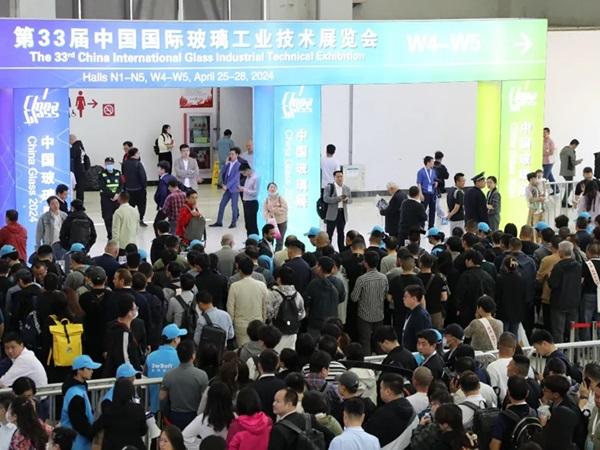
Date: 10 May 2024
The total number of visitors reached 126,381, an increase of 18% from the previous exhibition, including 6,532 overseas visitors from 136 countries and regions. The number of visitors, their country of origin, and the number of foreign visitors all reached record highs. The successful hosting of the China Glass Exhibition plays a significant role in boosting the confidence of the domestic and foreign glass industries, maintaining the stability of the global glass industry chain, and promoting economic and trade exchanges in the domestic and foreign glass industries.
Exchange and sharing: Witness new trends in industry development
On the first day of the opening ceremony, Meng Qinghai, full-time vice-chairman and secretary of the Secretariat of the China Association for Science and Technology; Gao Ruiping, chairman of the Chinese Ceramic Society; Zhou Yu, academician of the Chinese Academy of Engineering; Peng Shou, vice-chairman of the Chinese Ceramic Society; and other leaders from industry organizations and manufacturing representatives from Germany, Italy, and other countries visited the exhibition together.
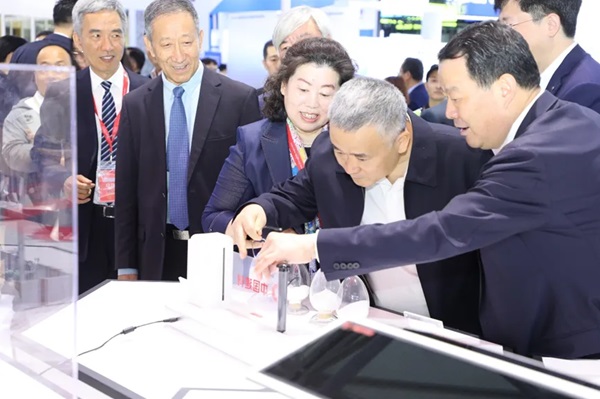
Super Large Scale: The Industry’s Preferred Exhibition Platform
China Glass Exhibition has always adhered to a professional, international, and large-scale exhibition concept, serving exhibitors and visitors at its core. This exhibition featured 877 manufacturers from 29 countries and regions around the world, with all mainstream manufacturers in the global glass industry present. In terms of exhibition display, technical exchanges, and business negotiations, China Glass Exhibition has become a veritable "weatherproof" event in the global glass industry.

This exhibition utilized 7 exhibition halls at the Shanghai New International Expo Center. The halls were divided according to international exhibition areas, domestic mainstream manufacturers, technical glass and scientific research institutions, deep processing equipment, refractory materials and silicone products, daily glass, decorative glass, raw materials, and main and auxiliary materials, including hardware accessories. Hall N1 was the international exhibition area, hosting pavilions from Germany and Italy and many mainstream manufacturers in the international glass industry, including Glaston, LiSEC, Von Ardenne, SIP, Vesuvius, Dip-Tech, Kuraray, Umicore, Bühler Leybold, Kömmerling, Konex, Solutia (Eastman), Air Chemicals, Fives stein, Grenzebach, Benteler, Bottero, Sorg, Fenzi, Horn, Haye, ISRA, Qipei, Honeywell, Carl Zeiss, and others. Hall N2 housed domestic mainstream manufacturers, technical glass manufacturers, and scientific research institutions. Hall N3, Hall N4, Hall N5, and Hall W5 featured manufacturers of deep processing equipment and silica gel and refractory materials.
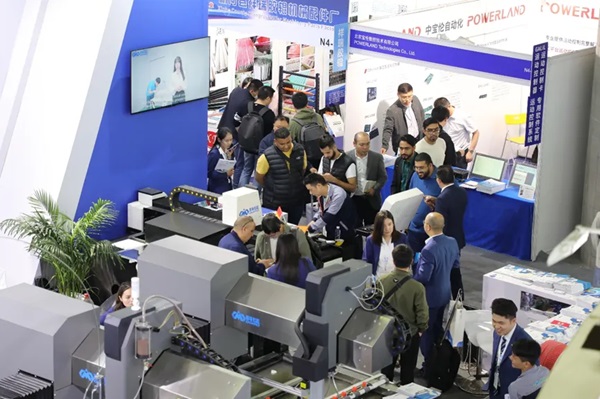
Focus on innovation: Intelligent manufacturing leads green development
During the exhibition, many manufacturers followed the industry trends of high-end, intelligent, and green industries in the fields of glass products, new energy glass, and information display glass; glass deep processing technology and equipment; glass melting and molding technology and equipment; and high-quality refractory materials. They showcased innovations and new technologies.
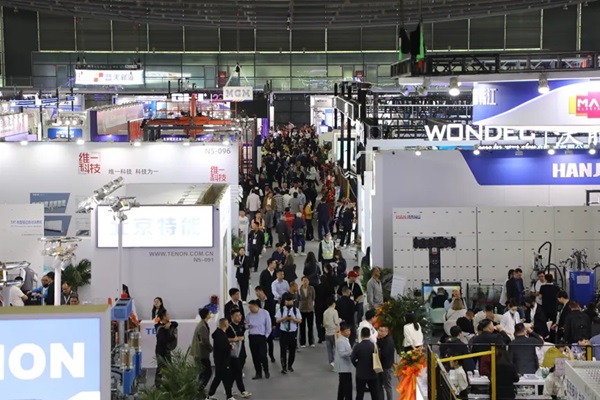
Triumph Technology Group showcased 0.12 mm ultra-thin float electronic glass, 30-micron flexible foldable glass, 8.5-generation TFT-LCD float glass substrates, cadmium telluride power generation glass, copper indium gallium selenide power generation glass, and neutral borosilicate medical glass among other new products. The China Building Materials Research Institute and other units organized groups to participate in the exhibition, covering the entire industry chain products from "design, process, equipment, supporting materials, and advanced products," showcasing key materials developed for integrated circuits, aerospace, and new energy fields, as well as new energy-saving glass products such as aerogel glass and electrochromic glass.
A series of lectures and manufacturer promotion activities, including "When Archaeology Meets Technology - The Silk Road Story of Ancient Glass," were also held during the exhibition. Themes included improving carbon footprints and reducing carbon emissions in the field of glass production, domestic testing equipment applications in the production of special glass, research on the design and application of fireproof glass, smart factories, and digitalization to assist the research and development of high-end glass equipment. The technical lecture event attracted thousands of attendees, with lively interactions and enthusiastic discussions.
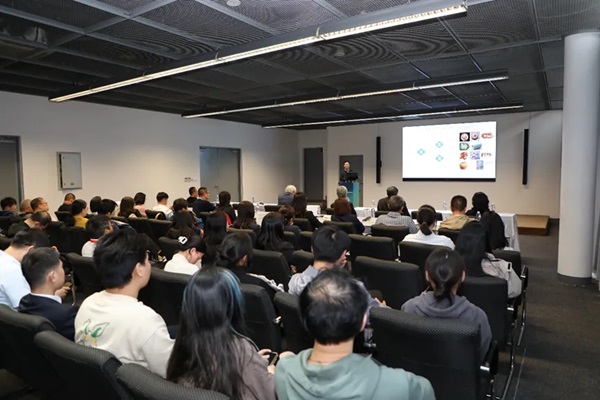
China Glass Exhibition is supported by domestic and foreign industry organizations such as the China Building Materials Federation, the China Architectural Glass and Industrial Glass Association, the China Daily Glass Association, the German Machinery and Equipment Manufacturing Federation, and the Italian Glass Processing Machinery and Accessories Manufacturers Association. With its large scale, professional services, and international influence, it has become an important window and platform to serve the glass industry, helping to build a new development pattern and promote a high level of opening up in the industry.
 600450
600450







Add new comment